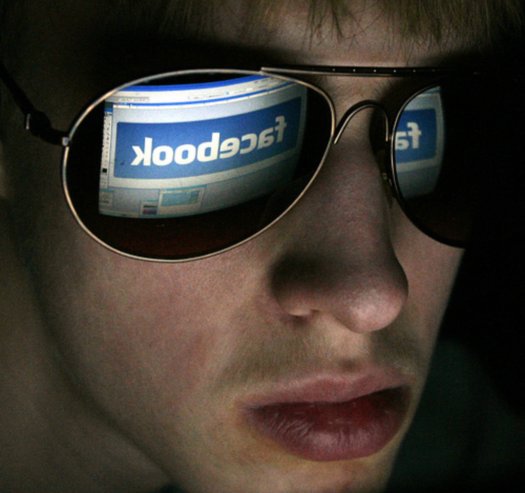Presidential candidates must be successful on multiple levels if they hope to make it to the Election Day ballot.
Even then, because of possible irregularities that might affect the vote, as was witnessed in the George W. Bush against and Al Gore “hanging chads” campaign in 2000, candidates have to cover many fronts.
Amid the white-hot glare of media scrutiny, the candidates have to determine the best ways of using earned media—or public exposure that doesn’t cost them any real dollars.
The candidates also have to raise money through numerous fund-raising events and generate financial support from influencers, PACs and the general public.
Free media is for the taking, of course. The televised debates among the major candidates is considered free media because the candidates don’t have to pay the freight. Having and running a social media page is part of free media. You can buy bots and widgets to maximise the benefits but it’s not always necessary. Reaching your audience on social media platforms is easy once you know where they are. You can find them on Instagram, Twitter, Facebook or combined sites like Linktree.
Candidates appearing as guests on news shows or attending ribbon-cuttings in their home states are also capitalizing on free media.
However, billboards, bumper stickers and lapel buttons are part of a paid-media campaign. Making special trips to different places with money coming from campaign funds moves the after-dinner speech out of free media and puts it squarely into the paid-media category.
Newspaper advertising, along with ad campaigns targeted to television stations (traditional or cable) also fall into the paid-media category.
Incumbents seeking reelection or a different political office can attract coverage by just doing their job. The candidates will debate a bill, visit constitutes, get invited to meetings and participate in other events.
The Iowa Caucus, being the first primary of the presidential season, helps to set the course. The candidates do a lot of personal campaigning, holding rallies, giving speeches and attending other public events. However, their positions on the various issues are usually defined by the televised debates, which for the candidates is free media.
The Iowa Caucus, scheduled for February 1, provides a window into paid media verses earned media. Paid media most likely will come out on top, with ample spending on telephone banks, billboards, direct mail efforts and commercial time on local television and radio stations.
According to the www.iowacaucus.bc website, it is estimated that the candidates will spend $20 million to $30 million this year in Iowa. This is not a record amount, but the smaller field of viable
Democratic candidates has led to a reduction in expenditures.
While free media is an option, it is somewhat unpredictable. By the time the third or fourth primary is held after the Iowa caucus, the candidates will be concentrating on paid media, which can range from yard signs, like the Yard signs from super cheap signs, bumper stickers, voter-registration drives and other similar events, to advertising on local television station.
And TV is getting more expensive. That’s because the major network stations now compete with the growing number of cable stations, the Internet and paid media to cover more markets, thus increasing the cost of campaigning.
Finally, the issue of grass root’s campaigning should not be underestimated. It is generally looked upon as free media, but the robot telephone calls, the information sent via mail, billboards and social media are all items that involve some expenditure. These funds come from Political Action Committees (PACs), individuals and special-interest groups.
The candidates may earn some free media via interviews with news pools and appearances on some local public interest shows, but the Iowa Caucus is a prime example of paid media and how to manage limited budgets.
Read more from Ronn Torossian:
Ronn Torossian on Forbes
Ronn Torossian on SoundCloud
Ronn Torossian on LinkedIn
Ronn Torossian’s Professional Profile on Muck Rack
Ronn Torossian on Business Insider




